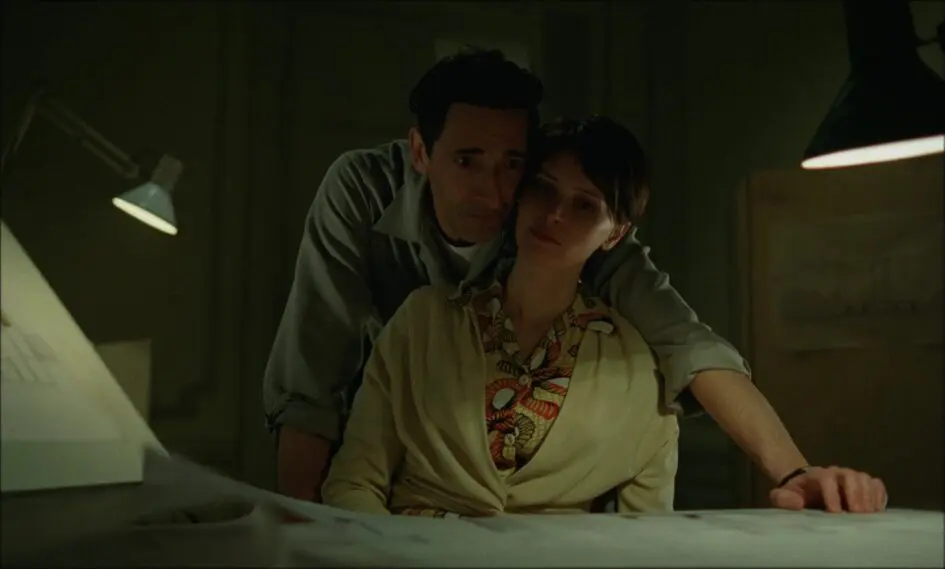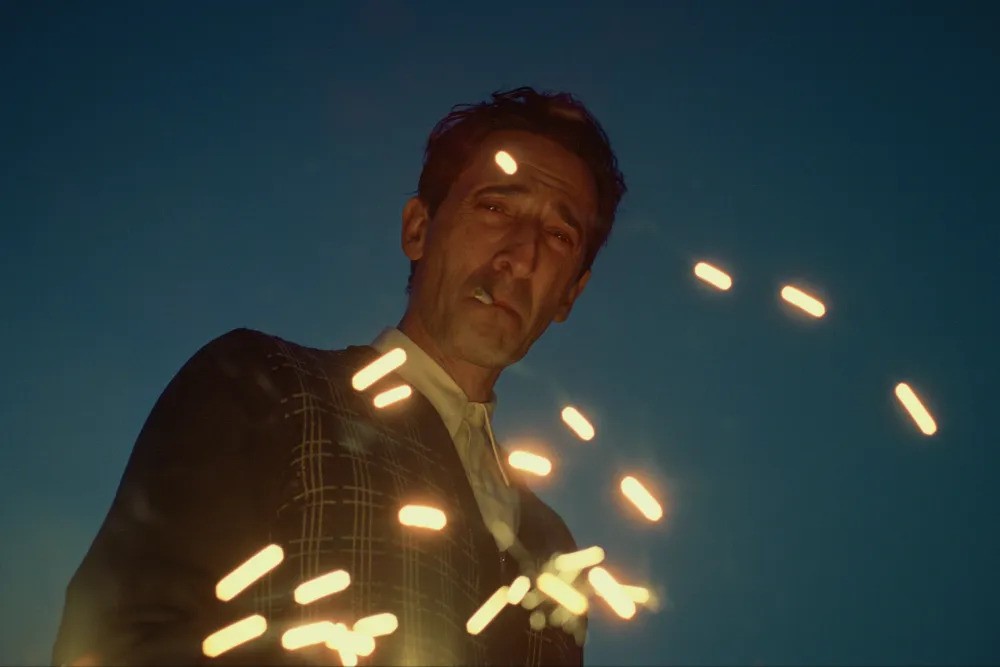Growing up, I always marveled at how my older half-brother, Ed, seemed to live in a completely different world than I did. While I was struggling to understand the basics of geometry, he was sketching intricate designs of buildings. Ed is a celebrated architect whose work has been featured in magazines and city skylines, while I still occasionally confuse balustrade with balcony and cornice with corner. When he talks about architecture, I nod along, pretending to understand, but inside, I’m just hoping he doesn’t ask for my opinion.
Despite my complete ignorance, I couldn’t be prouder of him.
A few years ago, I decided to educate myself about architecture, thinking, “How hard could it be?” Armed with an app that promised to teach me how to identify buildings at a glance, I confidently set out for a stroll through downtown Nashville. The first building I saw had columns and fancy moldings, which I proudly declared as “Baroque.” But a nearby plaque corrected me — it was Neo-Classical. Undeterred, I moved on to a sleek, glass-fronted structure and confidently labeled it “Modernist,” only to discover it was a generic 1980s office building with no architectural significance. After a day of misidentifications, I texted Ed for validation, only to receive a laughing emoji and the advice to “start with windows and doors” before tackling styles.
I haven’t touched that app since.
Which brings us to my review of The Brutalist. As a wrestling fan, my initial thought was that it might be some kind of sequel to The Wrestler, perhaps focusing on an ’80s grappler whose gimmick didn’t quite pan out. However, after reading the synopsis, I quickly realized just how wrong I was — and how that infamous day of architectural misidentifications would come back to haunt me.
The Brutalist is an epic drama directed by Brady Corbet, with a script co-written by Corbet and Mona Fastvold. The film follows Jewish architect László Tóth (Adrien Brody), who emigrates to America after surviving the Holocaust, leaving behind his wife, Erzsébet (Felicity Jones), and niece, Zsófia (Raffey Cassidy).
Settling in Philadelphia, László struggles to find his footing and is hired by Harry Lee Van Buren (Joe Alwyn) to redesign a library for his wealthy industrialist father, Harrison Lee Van Buren (Guy Pearce). When the project fails to materialize, László takes on menial construction jobs to make ends meet.
Harrison, moved by László’s talent, commissions him to design a community center in honor of his late mother. In an act of generosity and power, Harrison helps reunite László with Erzsébet and Zsófia, strengthening their connection. However, as László’s dreams begin to take shape, he discovers that power and legacy come with a heavy price, and his journey is one of both triumph and profound sacrifice.
Let’s address the elephant in the room: The Brutalist is, undeniably, an epic film. However, its scale doesn’t come from sweeping visuals or fantastical creatures like Lord of the Rings, nor from thrilling space battles like Star Wars. Instead, The Brutalist is a 215-minute drama, a marathon of storytelling that even includes a built-in intermission — a feature I haven’t seen since the VHS release of Titanic.
While this ambitious runtime may appeal to cinephiles who appreciate the grandeur of such a format, it’s a double-edged sword. The film feels like two distinct movies fused into one, and while this structure may add depth for some, it risks losing the attention of viewers who may find the prolonged pacing difficult to endure. It’s a bold choice, but one that will likely divide audiences.
The performances in The Brutalist are solid, though not groundbreaking. Adrien Brody delivers a compelling portrayal of László Tóth, balancing the character’s quiet confidence in his architectural talent with a vulnerability that emerges when he’s challenged. Brody effectively conveys the lingering trauma of László’s experiences during the Holocaust, giving the character a depth that resonates with the audience. Guy Pearce is equally captivating as Harrison Lee Van Buren, embodying the traits of a classic wealthy elitist — arrogant, pretentious and condescending — while still injecting moments of genuine humanity.
Pearce allows viewers to see Harrison’s gradual respect for László, transforming their dynamic into something authentic and layered. This mutual recognition of one another’s worth makes their eventual conflicts all the more impactful, adding emotional weight to the story as it unfolds. Together, Brody and Pearce elevate their scenes, creating a dynamic that is both tense and engaging.
Brady Corbet made the choice to shoot The Brutalist using the VistaVision process. For those unfamiliar, VistaVision involves filming on 35mm film horizontally rather than vertically, a process pioneered by Paramount Pictures in 1954 and famously utilized by directors like Alfred Hitchcock and George Lucas. This technique offers several advantages, including the ability to scan the film into a 70mm format for IMAX presentations, providing a richer and more immersive viewing experience.
Beyond its technical merits, Corbet’s use of VistaVision imbues the film with a visual authenticity that aligns perfectly with its 1950s and ’60s setting. The subtle grain and expansive clarity of the images evoke a sense of time and place, grounding the epic story in its historical context while offering a nod to the cinematic traditions of the era it portrays. This choice underscores Corbet’s meticulous attention to detail and enhances the film’s overall aesthetic.
The Brutalist earns a respectable four out of five stars from me. The film excels in capturing the essence of its 1950s and ’60s setting, from its stunning use of VistaVision to its meticulous period-accurate details. The performances from Adrien Brody and Guy Pearce are engaging and genuine, bringing depth to their characters and delivering a powerful dynamic that anchors the story. However, as someone without a natural affinity for stories centered on architects, I found the subject matter less compelling. While I can appreciate the artistry and ambition behind the film, the 215-minute runtime made the experience feel like a marathon, bordering on a never-ending story.
For viewers like my architect half-brother, this film may be a fascinating cinematic achievement, blending history, art and a character-driven drama. But for me, despite its merits, The Brutalist feels more like that architecture app I once downloaded — impressive on paper, but not something I’ll revisit again.

